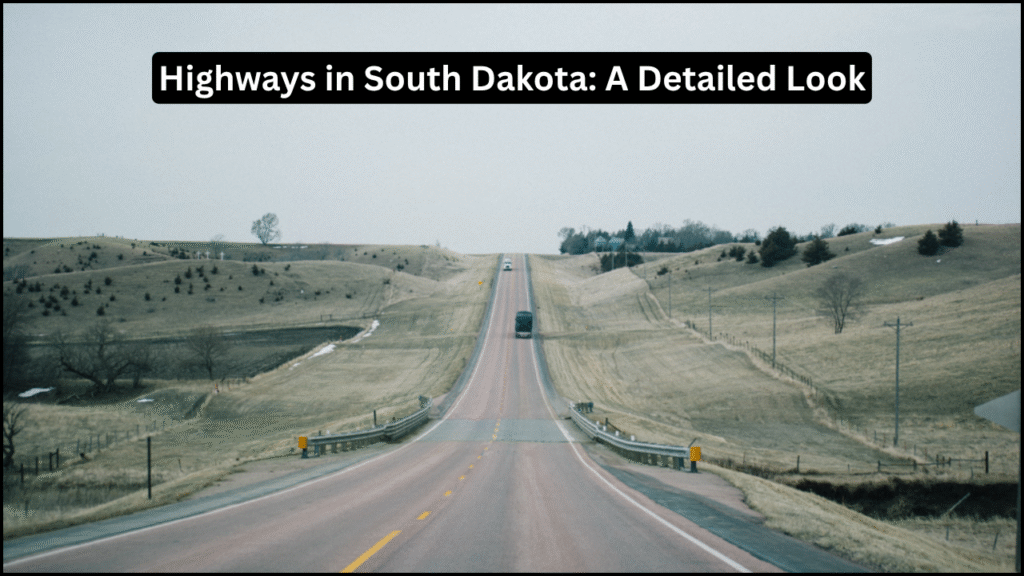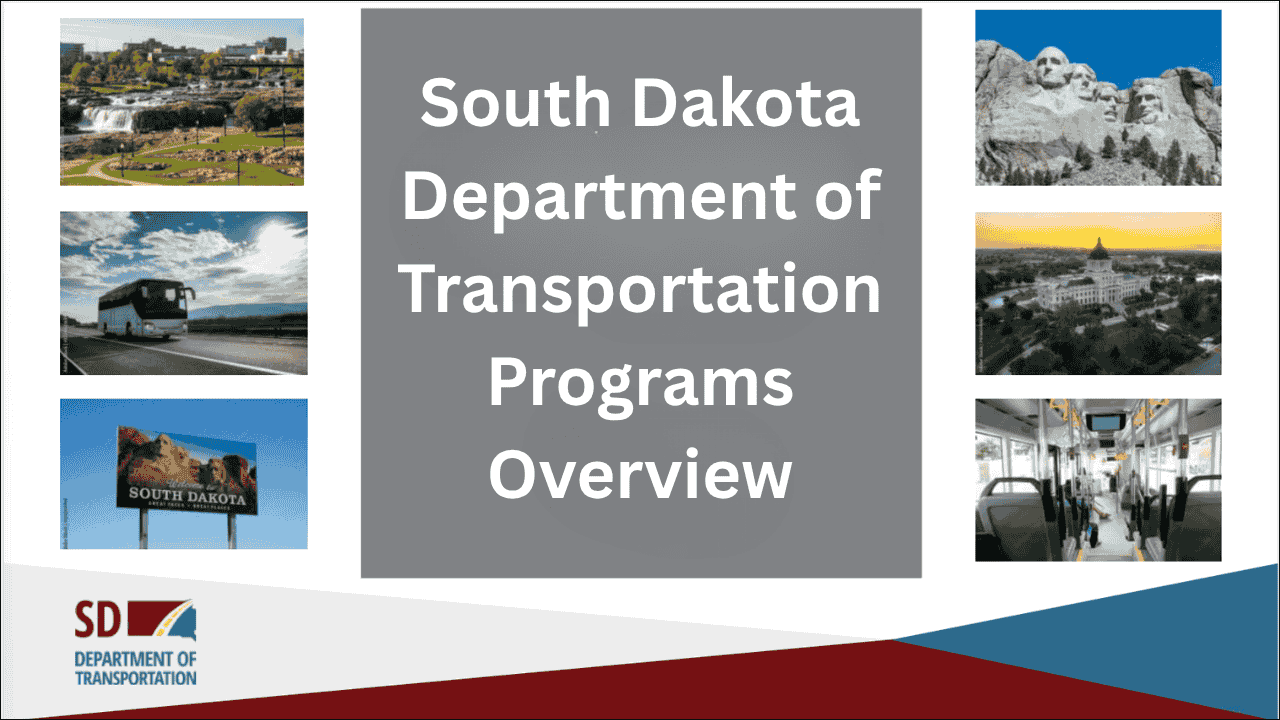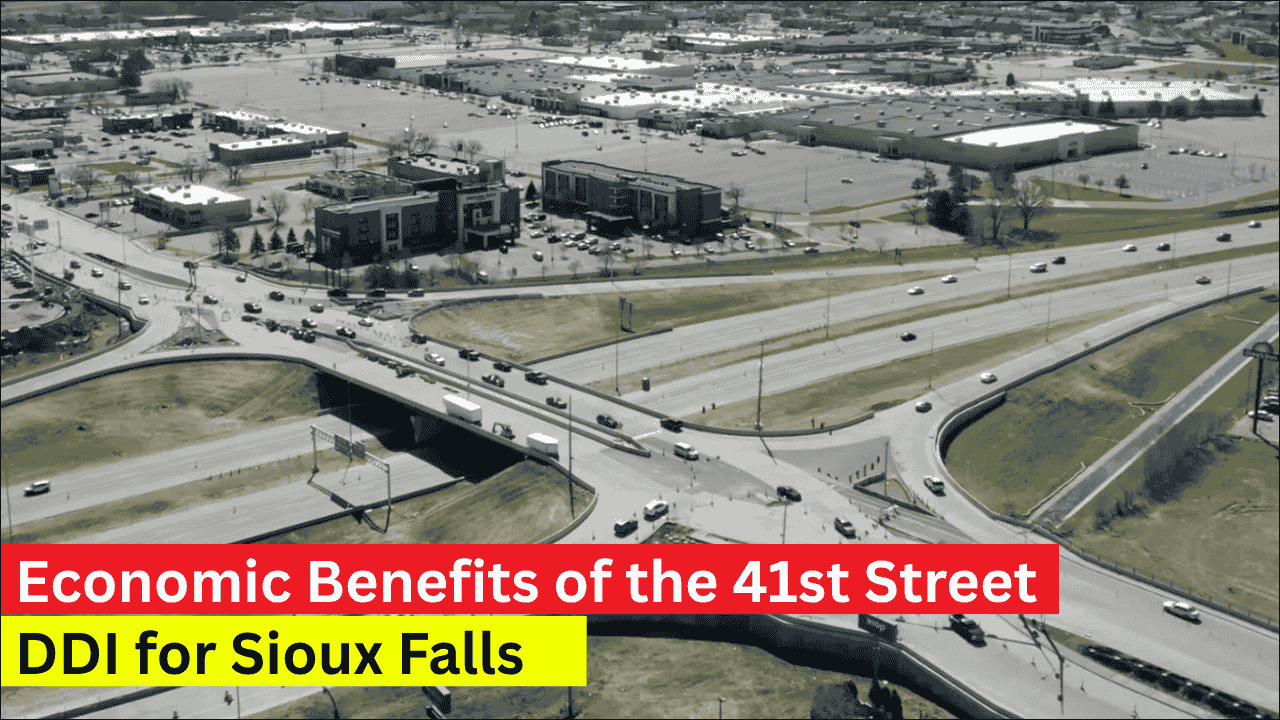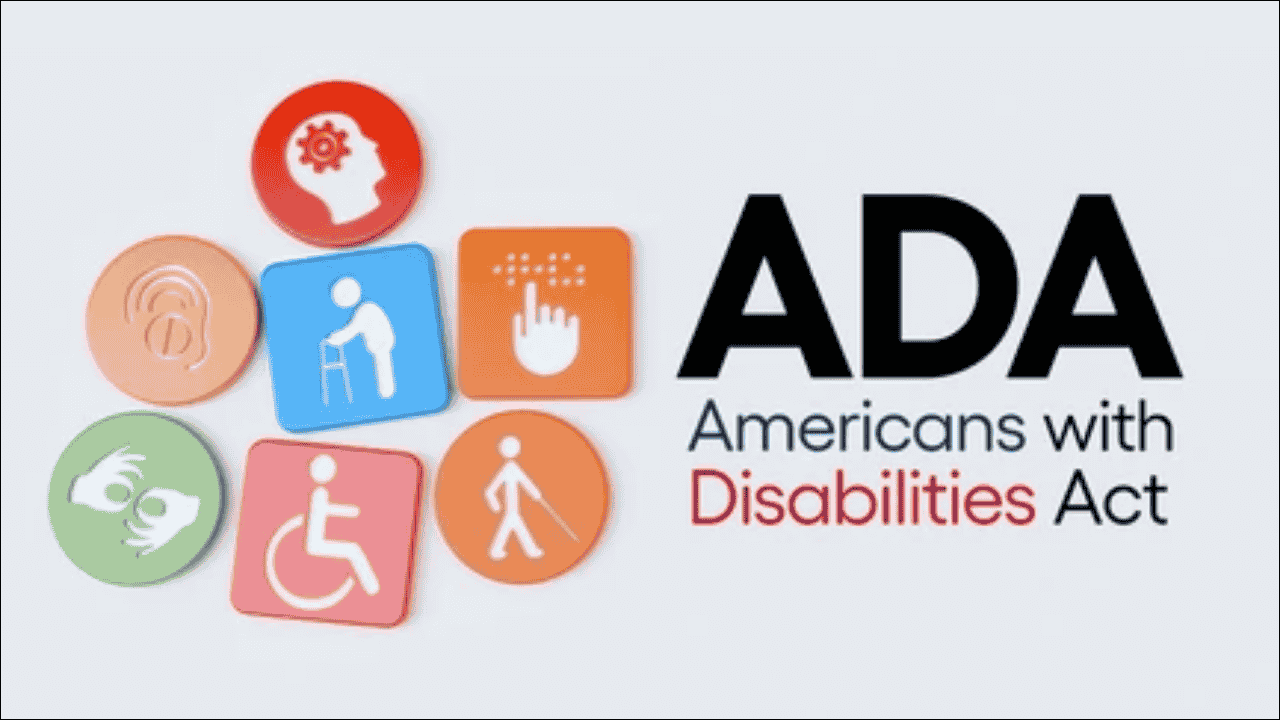
South Dakota has a vast network of roads that supports daily transportation, business activities, and tourism. With a total of 82,501 miles of roadway, highways play a key role in connecting people and goods across the state. Only 7,794 miles are state-maintained highways, but these roads carry about 68% of all vehicle travel. Several important systems and programs help maintain and improve these highways, including Access Management, Geotechnical Engineering, Highway Safety, and Traffic Monitoring.
Table of Contents
Key Highway Facts – South Dakota
| Aspect | Details |
|---|---|
| Total Roadway Mileage | 82,501 miles |
| State Highways | 7,794 miles (9.4% of total) |
| Vehicle Miles Traveled (VMT) | About 68% of total travel on state highways |
| Maintained By | South Dakota Department of Transportation |
Access Management
Access to state highways is managed carefully to maintain safety and traffic flow. Uncontrolled driveways and road intersections can increase accidents and reduce road efficiency. To address this, South Dakota passed a law in 2000 to allow the creation of official rules to manage access to state highways.
- Purpose: Control entry points to highways for safety and smooth travel.
- Method: Fewer driveways and intersections reduce conflicts.
- Authority: Based on legislative approval from the South Dakota Legislature.
- Guidelines: Rules are outlined under code 70:09.
- Studies: Final reports help guide future access planning.
- Public Access: Maps and data are made available for transparency.
Geotechnical Engineering Activity
Highway development depends on understanding the land and soil. The Geotechnical Engineering team investigates ground conditions to design strong and lasting roadways and bridges. Their work ensures that roads remain stable, even under heavy use and harsh weather.
- Primary Roles:
- Identify and classify natural materials like soil and rock.
- Recommend safe construction methods based on findings.
- Monitor conditions to prevent landslides and instability.
- Investigation Methods:
- Soil borings and rock sampling.
- Penetration tests and geophysical methods.
- Installation of tools for long-term monitoring.
- Laboratory Analysis:
- Soil strength and classification tests.
- Water control solutions to prevent damage.
- Design Support:
- Collaborate with Roadway Design, Bridge Design, and consultants.
- Provide design recommendations for solid infrastructure.
Highway Classification
South Dakota’s roads are divided into several categories to help plan maintenance and funding. These classifications depend on how the road is used.
| Highway Type | Description |
|---|---|
| County Highways | Roads under local county control. |
| Federal Aid Routes | Eligible for federal funding. |
| Functional Class | Defines purpose (local, collector, arterial, etc.). |
- Importance of Classification:
- Helps distribute funding fairly.
- Assists in long-term infrastructure planning.
- Guides traffic and safety upgrades.
Highway Safety
Safety is a top priority for the highway system in South Dakota. Multiple projects are designed to reduce accidents and protect drivers.
- Main Projects:
- Roadway Safety Improvement Projects.
- Federal Section 402 Projects for high-risk areas.
- South Dakota Strategic Highway Safety Plan.
- Special Designs:
- Centerline Rumble Stripes: Alert drivers who drift off-lane.
- Diverging Diamond Interchange (DDI): Improves traffic flow and reduces crashes at busy interchanges.
- Goal: Reduce traffic deaths and serious injuries using data-based strategies.
Traffic Monitoring
Tracking vehicle activity helps improve planning and maintain roads efficiently. South Dakota collects traffic data from over 7,500 locations across the state.
- Data Collected:
- Vehicle volume.
- Speed and weight.
- Vehicle types.
- Uses:
- Estimate pavement wear.
- Improve road designs.
- Analyze safety needs.
| Report Types | Details |
|---|---|
| Vehicle Miles Traveled by County | Measures travel levels in each county. |
| Heavy Truck VMT by County | Focuses on commercial and freight traffic. |
| Automatic Traffic Recorder Data | Monthly updated reports with detailed stats. |
| Sturgis Rally Count Report (2015–2024) | Tracks traffic during the annual motorcycle rally. |
| Speed Monitoring Reports | Helps identify areas needing speed control. |
Interactive Traffic Map
An online map tool helps residents and planners explore traffic data visually.
- Features:
- Zoom in to see specific roads.
- Click roads for traffic data pop-ups.
- Use ‘Open in new window’ for a better view.
- Access navigation help through the “About” button.
Benefits of Traffic Monitoring:
| Benefit | Impact |
|---|---|
| Better Pavement Design | Roads last longer with data-informed planning. |
| Safer Roads | Speeds and volumes guide safety upgrades. |
| Smarter Funding Decisions | Investment goes where traffic is highest. |
Key Takeaways
South Dakota’s highway system is more than just roads; it is a carefully managed network that supports safe and efficient travel. State highways carry a large share of traffic even though they make up a small part of the total miles. Through programs like Access Management, Geotechnical Engineering, Highway Safety Projects, and Traffic Monitoring, the state ensures that roads remain safe, durable, and effective. With continuous study, data analysis, and smart design, South Dakota’s highways are built to meet both current and future transportation needs.





